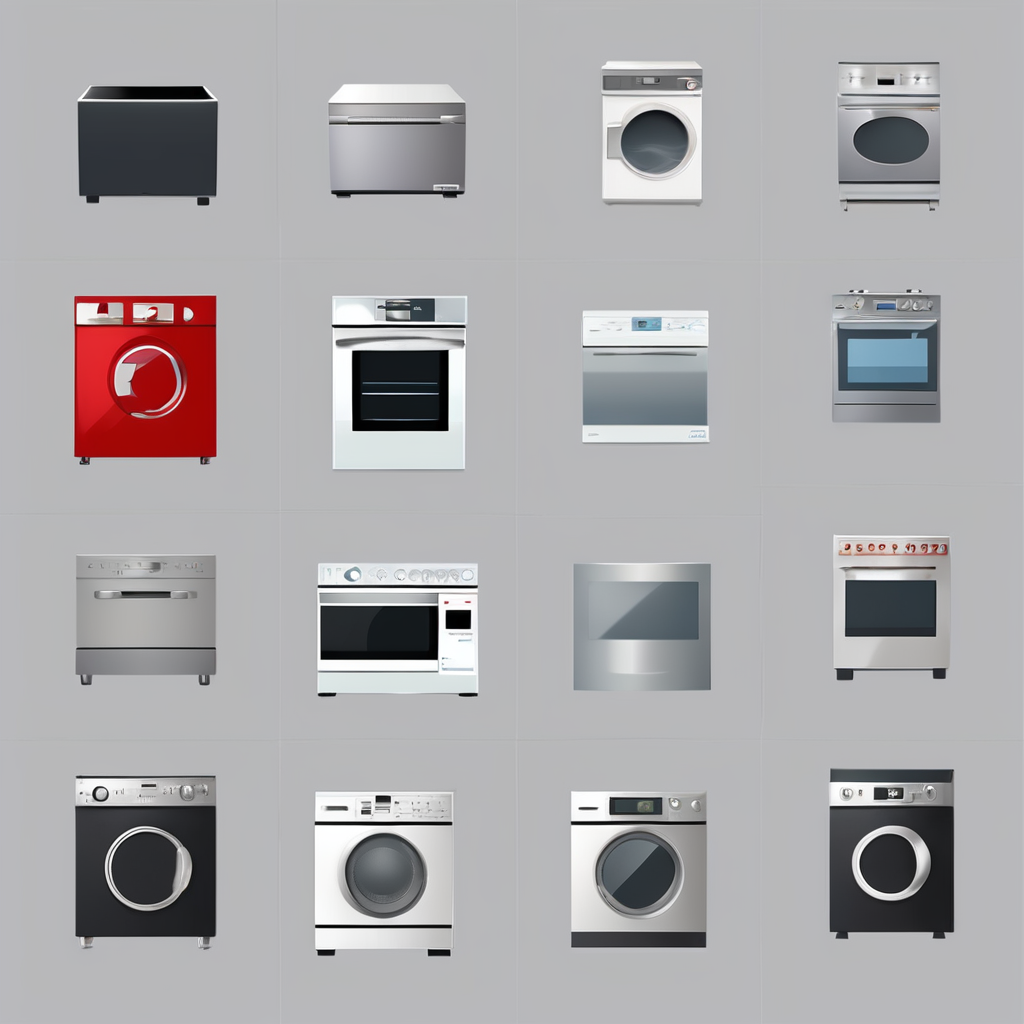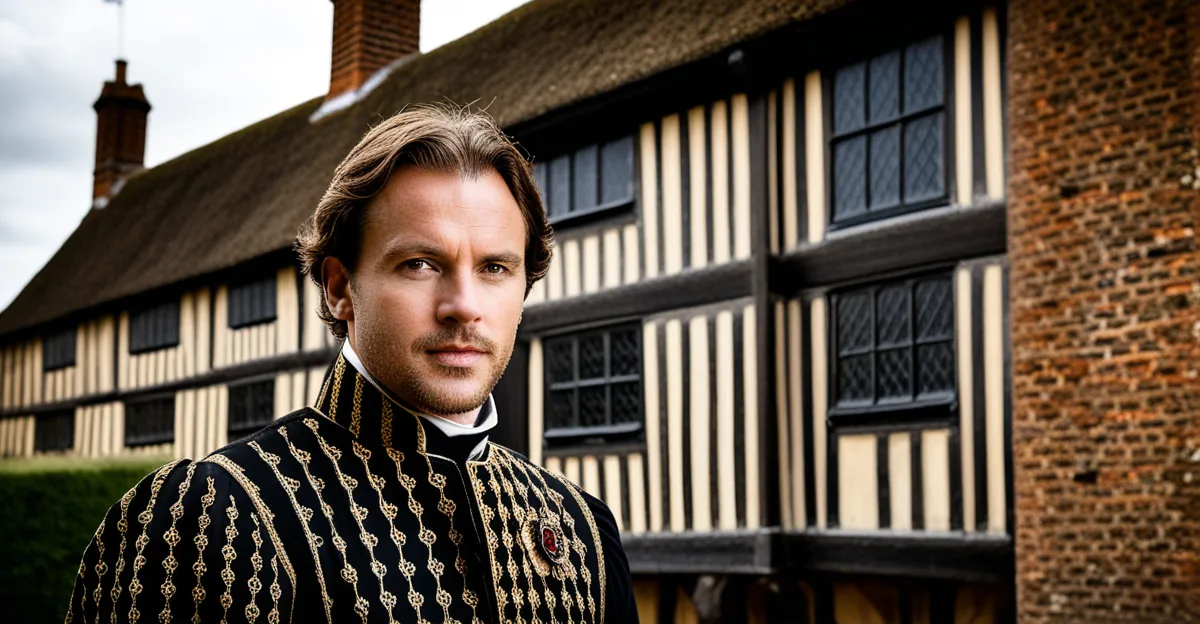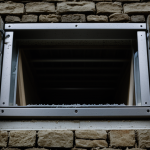Identifying Authentic Tudor Architectural Features
Understanding Tudor architecture Suffolk homes starts with recognizing their distinctive historic home features. Key elements include steeply pitched gable roofs, half-timbering with exposed wooden beams infilling brick or plaster, tall narrow windows often with small panes, and massive chimneys with decorative chimney pots. These characteristics reflect the period details that make Tudor homes instantly recognizable.
How can you distinguish original Tudor features from later alterations? Look for signs of wear and craftsmanship consistent with the era—hand-hewn timber may show tool marks, while original windows feature leaded glass and wooden casements. Modern replacements often have uniform finishes or contemporary materials. Examining construction joints and materials helps determine authenticity.
This might interest you : Revamp your small uk bathroom: expert design secrets to amplify space and elegance
To preserve these period details effectively, it’s essential to document each feature carefully. Detailed photographs, measured drawings, and notes on materials and condition aid in restoration planning. Consulting historical records or local conservation experts can confirm which elements are original. This process ensures that restoration respects the authentic fabric of the home while maintaining its historic home features. Following these steps maintains the charm and value of Tudor architecture in Suffolk.
Sourcing Materials for Authentic Restoration
When undertaking a Tudor restoration in Suffolk, sourcing period-appropriate Tudor restoration materials is foundational. Authenticity depends heavily on using materials that match the original in composition, look, and craftsmanship. Reclaimed bricks, hand-hewn timbers, and traditional lime mortars from local suppliers ensure continuity with the home’s historic fabric.
This might interest you : Transform your luton bathroom: innovative ideas for seamless laundry area integration
Locating local Suffolk suppliers and salvage yards specializing in reclaimed period materials can be challenging but rewarding. These sources often provide bricks with the unique coloration and textures characteristic of Tudor buildings. Similarly, salvaged oak beams and wrought-iron fixtures bring unmistakable authenticity impossible to replicate with modern substitutes.
Weighing the benefits between genuine reclaimed materials and reproductions is crucial. Genuine items offer historical integrity and patina, adding value and character. However, reproductions may meet structural or regulatory demands where original materials are no longer available or safe. In such cases, advice from local conservation experts can guide the best choices.
Thus, sourcing the right materials is not just about appearance but maintaining the period details essential to Tudor architecture Suffolk homes, ensuring restorations respect the past while accommodating the present.
Restoration Best Practices for Suffolk Tudor Homes
Successfully completing a Tudor home restoration demands careful attention to preserving period details while addressing modern needs. The restoration process Suffolk typically unfolds in stages: initial assessment, documentation of historic home features, structural repair, material sourcing, and finishing touches. Early comprehensive surveys help identify original elements requiring delicate treatment versus areas needing sympathetic upgrades.
Balancing preservation with necessary improvements often involves installing unobtrusive reinforcements to protect structural integrity without compromising authentic timber framing or masonry. When upgrading plumbing or electrical systems, consider routes that avoid disturbing original beams or plasterwork. Employing materials and techniques consistent with the Tudor architecture Suffolk style ensures cohesion throughout.
Heritage renovation tips emphasize constant consultation with conservation specialists and adherence to best practices in craftsmanship. For example, lime-based mortars should replace modern cement to allow building fabrics to breathe. Documenting all restoration phases supports future maintenance and validates authenticity.
Ultimately, successful Tudor home restoration in Suffolk harmonizes respect for historic home features with practical enhancements, preserving charm and longevity for generations to come.
Navigating Planning and Building Regulations in Suffolk
Understanding Suffolk heritage regulations is crucial when restoring Tudor architecture Suffolk homes. These regulations protect the historic fabric and require homeowners to obtain listed building consent before undertaking any alterations affecting the character of the property. This consent ensures that changes respect the building’s period details and comply with local conservation standards.
What permits and approvals are needed? Typically, listed building consent is mandatory for structural changes, replacements of significant historic features, and external alterations. Additionally, standard planning permission may be required depending on project scope. It is essential to consult the local planning guidance Tudor homes provide, as it outlines permissible works and conservation priorities.
Working closely with local conservation officers streamlines this process. These professionals offer expert advice on meeting regulatory requirements while preserving historic home features. Early engagement helps avoid costly delays or refusals.
In summary, savvy homeowners should familiarize themselves with Suffolk heritage regulations, secure necessary permits like listed building consent, and collaborate with conservation officers. This approach safeguards authenticity during restoration and ensures legal compliance for enduring success.
Blending Modern Comfort with Tudor Charm
Integrating modern updates Tudor homes demands balancing comfort with preserving historic home features. The challenge lies in upgrading amenities without compromising Tudor architecture Suffolk authenticity. For example, installing central heating systems should avoid cutting through hand-hewn timbers or damaging plasterwork. Employing underfloor heating or discreet radiators can maintain visual integrity.
Improving energy efficiency historic houses involves enhancing insulation subtly. Adding breathable insulation to loft spaces or behind existing walls preserves moisture control vital to period details. Secondary glazing with slim profiles respects tall narrow windows typical in Tudor homes, improving thermal performance without altering appearance.
Sympathetic renovations also benefit from concealed electrical upgrades. Modern wiring integrated behind walls or within voids avoids disrupting exposed beams or masonry. Technologies like smart thermostats and LED lighting provide energy savings while remaining unobtrusive.
In essence, modern updates Tudor homes are possible through careful design that maintains original charm. Combining traditional materials with innovative techniques protects historic home features while enhancing comfort. Thoughtfully applied, these interventions preserve the unique character of Tudor architecture Suffolk, ensuring these treasured homes meet contemporary lifestyles.
Identifying Authentic Tudor Architectural Features
Distinguishing authentic Tudor architecture Suffolk elements involves closely examining historic home features with an eye for period details that reveal original craftsmanship. Key characteristics include steep gable roofs, half-timbering with exposed oak beams, tall narrow mullioned windows with leaded glass, and large brick chimneys adorned with decorative pots. Authenticity can often be verified by inspecting material wear and construction techniques from the Tudor era.
How do you spot original versus altered features? Original timbers typically show uneven, hand-hewn marks and irregular joints, while replacements have smoother, machine-cut finishes. Windows crafted with small leaded panes and wooden casements suggest period authenticity. In contrast, modern substitutions frequently involve uniform glass panels and synthetic frames.
Documenting these features is vital for preservation. Meticulous photographs capturing textures and joinery, alongside measured drawings, create a reference for restoration. Notes on material condition and historical research supplement this. This thorough documentation supports decision-making during restoration and helps maintain the Tudor home’s historic integrity. By focusing on these authentic period details, homeowners can ensure the unique character of Tudor architecture Suffolk endures.
Identifying Authentic Tudor Architectural Features
Tudor architecture Suffolk is defined by several unmistakable historic home features rooted in craftsmanship and traditional materials. Core elements include steeply pitched gable roofs, characteristic half-timbering with exposed oak beams, and tall, narrow mullioned windows often fitted with leaded glass panes. Large, ornate brick chimneys capped with decorative pots further mark authentic period details.
How can homeowners discern original from altered features? Examining timber closely reveals authenticity; original beams bear uneven hand-hewn marks and irregular joints, while replacements have smoother, machine-cut surfaces. Likewise, genuine Tudor windows feature small, diamond-shaped leaded panes set in wooden casements, contrasting with modern uniform glass and synthetic frames. Masonry often shows subtle irregularities consistent with historic bricks rather than uniform modern brickwork.
Documenting these features is crucial for preserving integrity. Detailed photographs capturing textures and joins, alongside carefully measured drawings, provide an accurate record. Additional notes on material condition and historical research support this process. Such documentation guides restoration decisions and safeguards the home’s authentic historic home features, ensuring these period details endure in Tudor architecture Suffolk residences.
Identifying Authentic Tudor Architectural Features
Recognizing genuine Tudor architecture Suffolk involves focusing on historic home features that reflect true period details. Key indicators include steeply pitched gable roofs and characteristic half-timbering with exposed oak beams showing hand-hewn tool marks. Windows should be tall and narrow, often mullioned with small, diamond-shaped leaded glass panes set in wooden casements, contrasting modern, uniform glass or synthetic frames. Authentic brick chimneys typically display slight irregularities in size and coloration, unlike perfectly uniform contemporary brickwork.
How can you distinguish original from altered features? Original timber framing bears uneven surfaces and irregular joinery from traditional construction methods, whereas modern replacements usually present smoother, machine-cut finishes. Leaded glass windows with wooden framing strongly suggest authenticity, while modern synthetic materials hint at later modifications.
Documenting these features thoroughly is crucial. Use detailed photography to capture textures and joinery, supplemented by measured drawings and condition notes. Historical research supports understanding the context of each element. This precise documentation safeguards the integrity of historic home features, supporting informed restoration that preserves the unique period details characteristic of Tudor architecture Suffolk homes.










